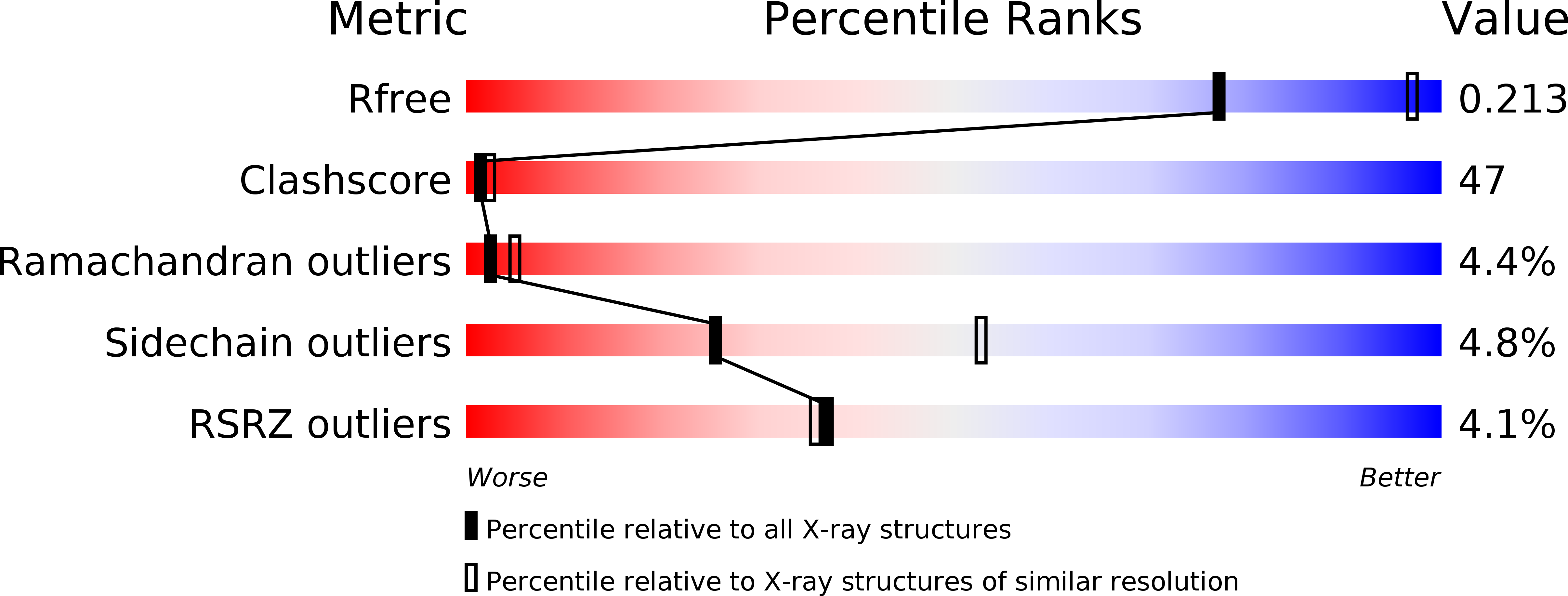
Deposition Date
2013-02-18
Release Date
2013-07-17
Last Version Date
2023-09-20
Entry Detail
PDB ID:
4JAE
Keywords:
Title:
STRUCTURAL DETERMINATION OF THE A50T:S279G:S280K:V281K:K282E:H283N VARIANT OF CITRATE SYNTHASE FROM E. COLI complexed WITH S-CARBOXYMETHYL-COA
Biological Source:
Source Organism:
Escherichia coli (Taxon ID: 83333)
Host Organism:
Method Details:
Experimental Method:
Resolution:
2.70 Å
R-Value Free:
0.21
R-Value Work:
0.17
R-Value Observed:
0.17
Space Group:
H 3


